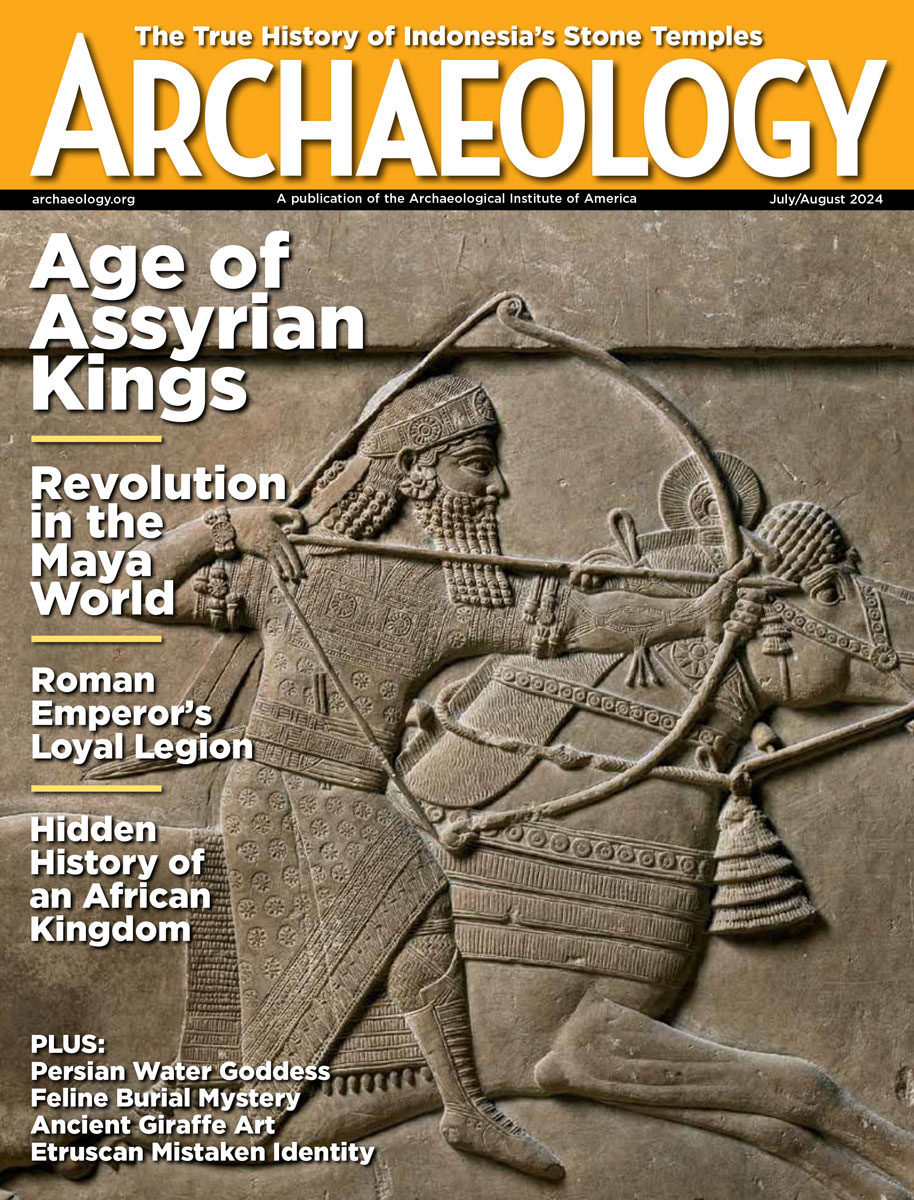Tuesday, June 3
June 3, 2008
Archaeologists have uncovered evidence of a “busy, noisy, dirty Roman district” at the site of a new campus for England’s University of Worcester. A hospital had also been built on the site in the eighteenth century, which was in use into the 1950s.
A well-organized medieval cemetery was unearthed in the center of the English market town of Reepham. “In the medieval period it was better to be seen and therefore remembered and then you could be prayed for whilst you waited in purgatory for the judgement day,” explained Pete Crawley of Norfolk Property Consultants. A road built over the burials sometime between 1500 and 1700. Â
Fifty-five sets of human remains will be repatriated from the American Museum of Natural History in New York to Vancouver Island. The remains will be handed over to the Tseycum First Nation in a traditional ceremony on June 11. Â
Modern Pueblo people are showing archaeologists at Crow Canyon Archaeological Center traditional methods of dryland farming. Using traditional seeds, they planted corn, beans, and squash. “Understanding how the people made a living on the landscape is fundamental to understanding the archaeology,” explained Crow Canyon’s Mark Varien.Â
Chile is challenging Peru’s claim to be the 7,000-year-old home of the potato. “It’s true that 75 percent of the varieties grown outside of the Andes come from Chile and its archipelago, but it’s also true that the genetic evidence shows that the ‘andigenum’ tubers of the Andes and the ‘Chilotanum’ ones have a common origin,” replied a representative from Peru’s International Potato Center.  Â
Pakistan’s culture minister Sherry Rehman told the National Assembly that 30,907 rock carvings and inscriptions would be removed from the Karakoram Highway before the proposed Basha-Diamir Reservoir is completed.  Â
American and Japanese researchers are looking for the remains of 2,500 Japanese soldiers buried in mass graves on the Aleutian island of Attu during World War II. Â
Here’s an article on what happened at the Battle of Fromelles, including a photograph of D Company, 31st Battallion of the Australian army. Many of these World War I soldiers were buried in the mass grave now being excavated in France. Â
More information on the identification of Tharu, the largest-known fortified city in ancient Egypt, is now available from National Geographic News.
- Comments Off on Tuesday, June 3









